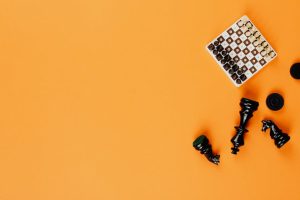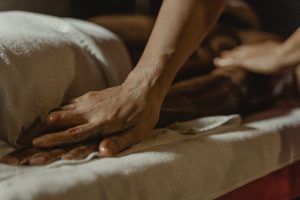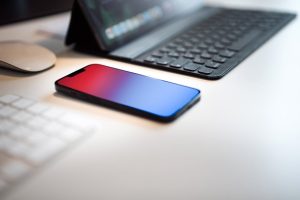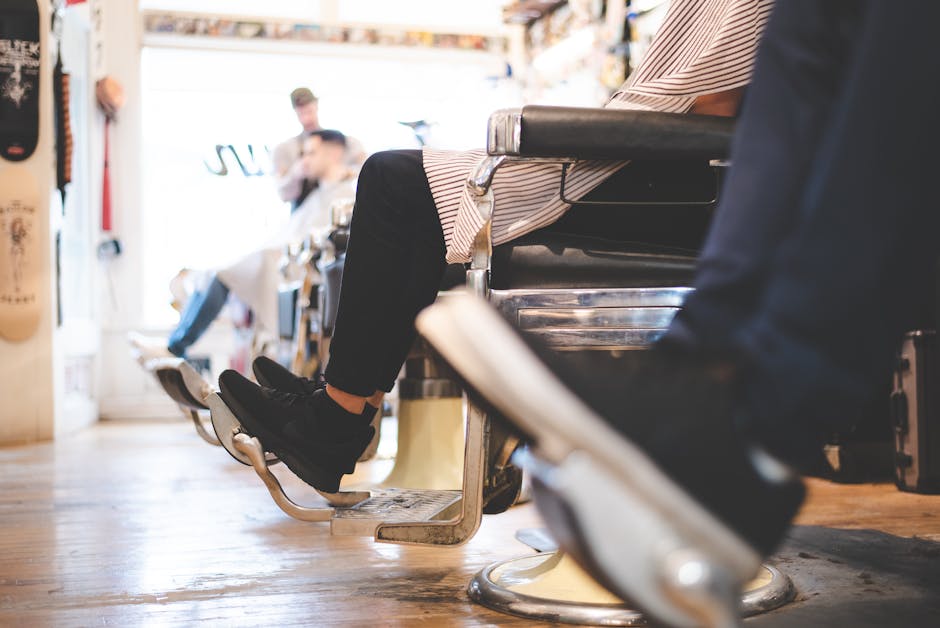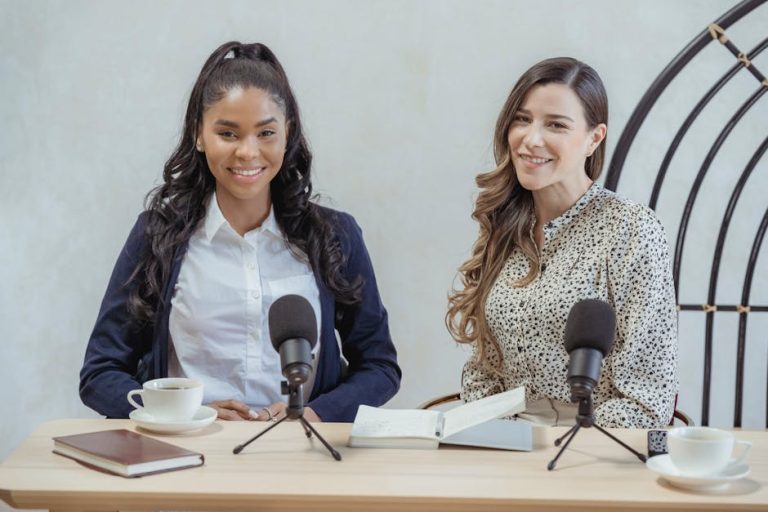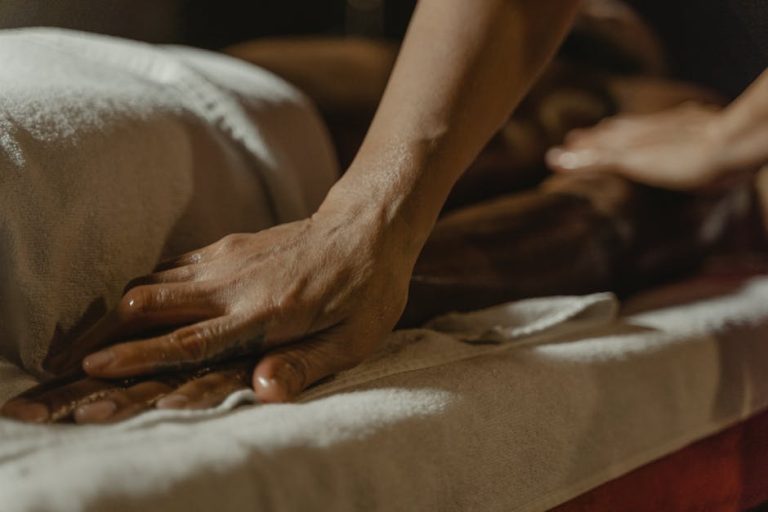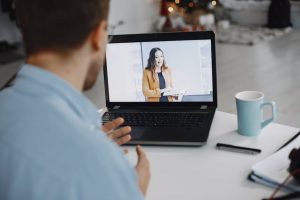What is Business Casual for Men? The Ultimate 2025 Guide (Stop Guessing)
So you got the job. That’s great. Then you see the email from HR that mentions the office dress code is “business casual.” And your brain just short-circuits. What does that even mean anymore? It feels like this super vague instruction designed to make new guys sweat. One person’s business casual is another person’s Sunday brunch outfit. And things got even weirder after everyone started working from home for a bit.
The rules, they seem to have changed. It is the definition of a dress code that is somehow both more relaxed and more confusing than ever before. You don’t want to show up looking like you’re about to give a boardroom presentation from 1998, but you also don’t want to be the guy who gets a quiet talking-to about his ripped jeans. This guide is here to help you figure out what is business casual for men in 2025. It’s really not that hard once you get the basics down.
The Core Pieces of Men’s Business Casual
Breaking it down into parts is the easiest way. If you have a few good items in each category, you can mix and match them forever. It’s a system, pretty much.
Shirts (The Foundation)
Your shirt is kind of the main event of the top half of your body. So it matters. A collared shirt is generally the safest play you can make here.
An Oxford cloth button-down, or OCBD as people who are into clothes call it, is your best friend. They are perfect. They look good ironed, they even look okay a little rumpled.
Stick with classic colors at first. You know, light blue, white, maybe a light gray. Simple patterns like a subtle stripe or check are also completely fine.
Polos are okay too, especially when it’s warm. But we’re not talking about the baggy golf polo your dad wears. It should be a good quality one that fits well.
And sweaters. Sweaters are amazing for layering. A simple crewneck or V-neck sweater over a collared shirt is a classic business casual move that always works.
The Right Pants
You have more options for pants than you probably think. Your old jeans from college, they are not one of them. The fit is what really counts here.
Chinos are the champion of business casual. They are comfortable, they come in a ton of colors, and they hit that sweet spot between formal trousers and casual jeans.
Get a few pairs in navy, khaki or stone, and gray. These colors will go with almost any shirt you own. Which makes getting ready in the morning a lot faster.
Dress trousers, made from wool or a similar material, are a step up. They’re a bit more formal than chinos and good for when you want to look extra sharp.
Now, jeans. This is a tricky one. In some very relaxed offices, a pair of dark-wash, well-fitting jeans with no rips or fading can work. But you have to know your office. When in doubt, just wear chinos.
Shoes That Don’t Look Sloppy
The shoes you wear can completely change an outfit. Wearing the wrong shoes is the fastest way to ruin a good business casual look. So pay attention to your feet.
Leather is normally the way to go. Loafers are easy to slip on and look great. Derbies or bluchers, which are those classic lace-up dress shoes, are also a top-tier choice.
Suede is a good material. A pair of suede chukka boots, for example, is a perfect match for business casual. They are a bit different.
And then there’s sneakers. Yes, you can wear sneakers. But they must be the right kind. We’re talking about minimal, clean, leather sneakers in a color like white, black, or brown. Not your gym shoes.
Building a Business Casual Outfit That Works
Okay so you have the pieces. How do you put them all together without looking like you got dressed in the dark? It is the method of combining items that matters.
The most important thing, probably, is fit. Your clothes should fit your body. Not super tight, and definitely not baggy and loose. A good fit makes everything look more expensive.
Layering is your secret weapon. Throwing a sport coat or a simple blazer over your button-down shirt and chinos instantly makes the whole outfit look more put-together.
And don’t forget the small stuff. A simple leather belt should normally match the color family of your shoes. A clean, simple watch adds a nice touch without being too loud.
Here’s a can’t-go-wrong example:
Shirt: A crisp, light blue button-down shirt.
Pants: A pair of tailored navy chinos.
Shoes: Some dark brown leather loafers.
Belt: A brown leather belt.
Bonus: A gray sport coat if you feel like it.
Business Casual vs. Other Dress Codes
The confusion around business casual gets worse because of other dress codes that sound kind of similar. It can be a real headache.
Smart casual is a term you hear a lot. It’s basically business casual’s more relaxed cousin. With smart casual, you can wear nicer t-shirts, designer sneakers, and even bomber jackets. It’s more about personal style.
Then there is business professional. This one is simple. It means you are wearing a suit. A matching jacket and pants, a dress shirt, a tie, and formal dress shoes. It is what people think of when they hear “office wear.” Business casual sits right in that messy middle space.
Stuff to Absolutely Avoid for Business Casual
Knowing what not to wear is sometimes just as important. To make it super simple, here is a list of things that are normally considered to be completely off-limits for a business casual setting.
T-shirts with big logos, funny sayings, or band names.
Any jeans that are ripped, distressed, or acid-washed.
Shorts of any kind. This should be obvious, but you’d be surprised.
Sandals, flip-flops, Crocs, or beat-up athletic sneakers.
Hoodies. Save them for the weekend.
Baseball caps or any other kind of hat worn indoors.
Frequently Asked Questions about Men’s Business Casual
What is business casual for men?
It’s a dress code that mixes traditional business wear with more relaxed pieces. Think of it as a collared shirt, nice pants like chinos, and leather shoes. It’s not a suit, but it’s definitely not a t-shirt and jeans.
Are jeans considered business casual for men?
Sometimes. It really depends on the workplace. If you’re going to wear jeans, they must be a dark color, have no rips or fades, and fit very well. If you’re new or unsure, it’s safer to stick with chinos.
Can you wear sneakers with business casual?
Yes, but they must be clean, minimal, and made of a material like leather or suede. Think classic court sneakers in white or black, not your brightly colored running shoes. The rest of your outfit should be sharp to balance them out.
Is a polo shirt business casual?
A high-quality, well-fitting polo shirt is normally fine for business casual, especially in warmer months or on Fridays. Just make sure it’s a solid color or has a very subtle pattern. Avoid large logos.
Do I need a blazer for business casual?
You don’t always need a blazer or sport coat, but it’s the easiest way to make an outfit look more professional. It’s a great item to have on hand, maybe to keep on the back of your office chair for surprise meetings.
Key Takeaways
If you only remember a few things from all this, make it these points. They will guide you pretty well.
Fit is Everything: Your clothes must fit your body properly. This is the number one rule.
When in Doubt, Overdress: It’s always better to be a little too formal than way too casual.
The Default Outfit: A button-down collared shirt, chinos, and leather shoes will work in almost any business casual office.
Context is King: Pay attention to what your boss and coworkers are wearing. That’s your best clue.
Keep it Clean: Whatever you wear, make sure it’s clean, ironed, and your shoes aren’t scuffed up.

